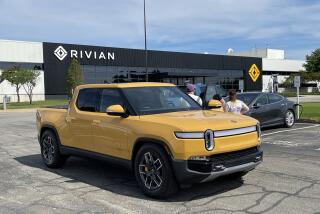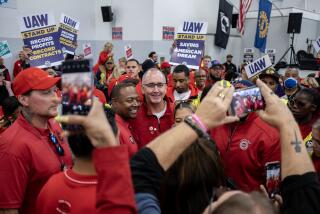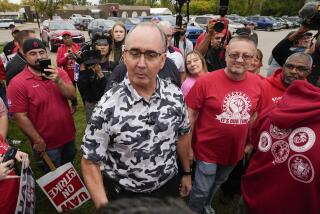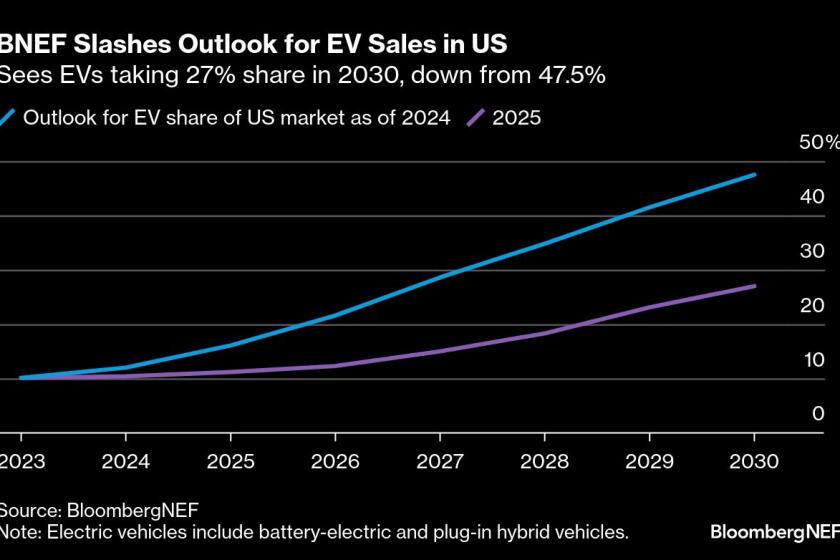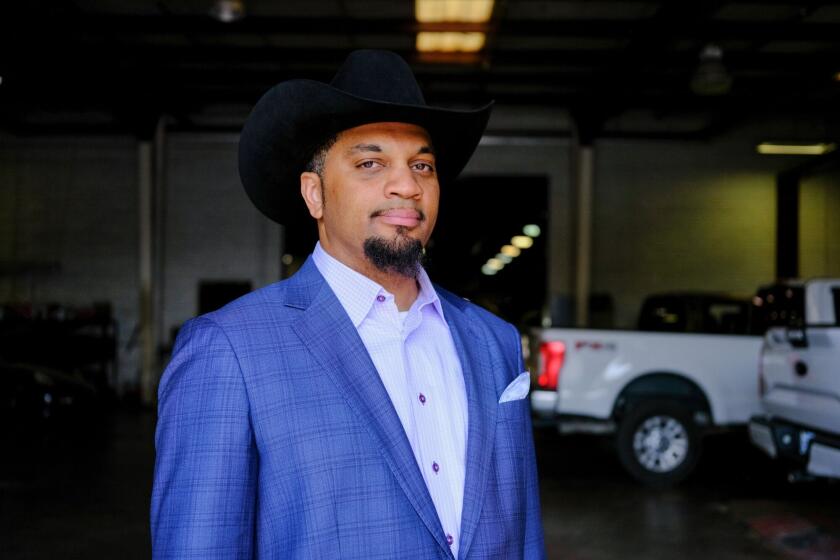No Regrets in Pennsylvania Over VW Deal : Officials Sanguine After Car Maker Jilted Plant
- Share via
PITTSBURGH — Pennsylvania spent more than $70 million to land a foreign auto maker’s first U.S. plant, possibly believing, as former Gov. Milton Shapp said, that Volkswagen’s arrival was “perhaps the most significant economic occurrence in western Pennsylvania since the days of Andrew Carnegie.”
The steel industry that Carnegie helped create in Pittsburgh a century ago, although painfully diminished, is still around. Volkswagen is folding its tent after 10 years, reviving the question Shapp faced in outbidding Ohio for Volkswagen’s $250 million investment: Was it worth $70 million to $80 million in public funds to get Volkswagen?
“It’s a profound question that existed on the day the agreements were signed and that exists today,” said David R. Brown, who as special assistant to Shapp negotiated the Volkswagen deal.
He said he has mulled over the question for the last 10 years and has one conclusion.
“I don’t think the package was excessive at all. I think it was right on the money,” said Brown, a public affairs consultant in Harrisburg.
$40 Million in Loans
Brown gets no argument from the man he outbid for Volkswagen, James A. Duerk, who was Ohio’s development director under former Gov. James Rhodes.
Had all the money Pennsylvania invested been outright grants to VW, the deal might be questionable, Duerk said. But $40 million of it was a low-interest loan on which VW is not scheduled to begin repaying principal until 1998.
“As a loan, and no doubt the loan will be repaid. . . . I couldn’t criticize Pennsylvania for that,” he said.
Pennsylvania also spent $30 million building a railroad spur and a highway to serve the plant near New Stanton. It spent smaller sums helping to screen 45,000 job applicants.
In addition, the U.S. Environmental Protection Agency compromised on air pollution enforcement, and Westmoreland County, two townships and two school districts granted five-year property tax breaks to Volkswagen.
Volkswagen announced Nov. 20 it would close its Westmoreland County plant next year, dismissing 2,500 blue- and white-collar workers and reverting to export sales.
Ohio officials never believed that Volkswagen was unworthy of the incentives Pennsylvania was offering, Duerk said. Ohio just ran out of things to offer.
“When Pennsylvania came up with that low-interest loan . . . we scrambled to see what we could put together,” he said. “We couldn’t come close.”
While Pennsylvania was closing in on a deal with Volkswagen, however, Ohio was courting Honda.
“I think we got the better deal,” Duerk said.
VW Was Pioneer
For what Duerk said was “not more than $6 million total” the Rhodes administration got a Honda plant at Marysville, where a work force of 5,000 people is expected to double under the Japanese auto maker’s plan to build a second plant.
Elected officials feel compelled to seek jobs for their constituents, Duerk and Brown said.
“VW was the first major auto company to try to make a move in the United States,” Duerk said.
“That prize was sought by virtually every state in the continental United States,” Brown said. “There was almost a national consensus that someone ought to step forward and induce a foreign manufacturer to build product in the United States.”
‘ “Don’t export jobs, bring them home,’ ” was the theme at the time, he said.
VW had hoped a U.S. plant would recapture at least a part of the glory it enjoyed in the 1950s and 1960s, when its pioneering subcompact Beetle dominated small car sales in America.
The company signed a 30-year lease in September, 1976, for the plant Chrysler Corp. built but never used, and production of Rabbits began in April, 1978. But production did not reach its target of 1,040 vehicles per day until October, 1980, when about 6,000 people were on the job.
Japanese Took Markets
By June, 1981, production was down to 940 cars per day and continued falling to the present rate of 400 Golfs and Jettas per day as VW’s Japanese and American competitors stole the show in the U.S. small-car market.
“We did get 10 years out of it, so you can’t call it a total loss,” Shapp said the day VW announced the closing.
No Second-Guessing
Pennsylvania Gov. Robert Casey immediately committed his administration to helping find a new occupant for the plant, and he refuses to second-guess Shapp for luring VW to the state.
“The problem was market forces. . . . Nothing that anyone here could have dealt with,” Casey’s spokesman, John Taylor, said in Harrisburg.
Pennsylvania’s disappointment with Volkswagen “will sound a cautionary note in some other states,” Brown said.
But he said, “I’d be depressed and saddened if people were to take the wrong lesson out of what is for everyone a regrettable conclusion” to the Volkswagen story.
Economic development “is a process, not a one-shot proposition, in which you are going to have success and failure,” Brown said. Volkswagen “is not even a failure, just a change in circumstances, and the change should lead to new initiatives.
“Jim Rhodes is not responsible for the success of Honda any more than any of us are responsible for the unfortunate market circumstances that surrounded VW,” he said.
Duerk said one lesson from the Volkswagen experience might be that other states consider adopting a rule the Rhodes administration used in negotiating with Volkswagen and others.
“We would not make any offer that could not be paid back to the state in taxes and jobs and everything else in more than five to seven years,” he said. “Honda’s paid back already.”
